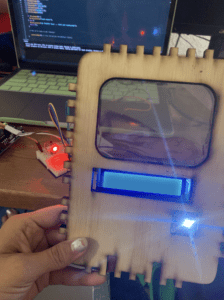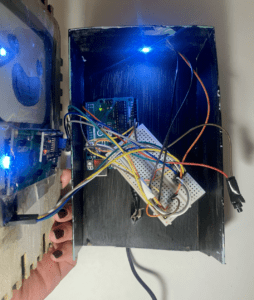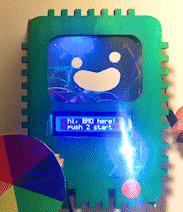As a child, my whole life revolved around playing games. Before taking this class, my definition of the word “game” was vague and almost all-encompassing; I considered lots of things to be games. This course made me conscious of the fact that games are everywhere and they are constantly being created by any and everyone. Taking this course made me realize that I have created so many games in my lifetime without even knowing it. While I had, and still have, a very fluid definition of the word “game” before taking 247G, I had zero knowledge of the technical aspects of game design. I knew of mechanics because I used them while playing games, but I was unaware of how systematic games were in terms of how the mechanics come together and form dynamics which help to communicate a certain aesthetic of fun. The act of those elements coming together almost seemed like magic to me, and I think that’s how it should feel.
I loved how this course made me gain a deeper appreciation for games. There is so much thought that goes into creating a game that I previously did not even think about. The concept of loops and arcs really stuck with me. Learning about the mental process of loops (i.e. applying an action, receiving feedback, etc.) was so interesting to me because I realized that I did that as a child without even knowing it. I thought back to when I played Kirby Superstar Ultra for the first time. I remember exploring all the buttons on my DS by pressing them in isolation, looking at the feedback on the screen, taking in the information, and then trying to combine button presses to unlock other actions. Loops and arcs in games are absolutely essential and allow you to explore through trial and error which is a great way to learn. Loops and arcs are so important to me because they showed me how powerful games can be not only as a tool for escapism but also as a tool for education. I tried to implement a loop with the puzzle I created for P2: BMO. BMO is a toy I created with an Arduino UNO, cardboard, wood, LCD display, neopixel, and RGB sensor. The puzzle involves entering the order of colorful houses into BMO correctly according to a riddle. I placed a huge emphasis on feedback because I was limited in terms of the information I was allowed to place on the LCD display. I thought carefully about how I can combine visual feedback with textual feedback and settled on displaying the player-selected color on the neopixel and providing text if that color was correct. This way, the players understand that BMO can see what color they are selecting. It was really cool to see people interact with my toy and have that “ah-ha!” moment when the first color appears. See below to view the process of making BMO!
One of my biggest challenges I faced in this class was with letting loose and having fun (at first). I remember the first week when we had to play games, and I recall being very anxious about playing games with people I had never met before. I also struggled with making games for in class exercises out of fear that I would create something lame or not as good as someone else at my table. I liked that we continued to do those things throughout the quarter though because it allowed me to get out of my comfort zone and get used to being creative on the fly as well as not being too hard on myself for creating something that isn’t my best work. Doing so allowed me to grow so much confidence in myself and I greatly appreciate that.







